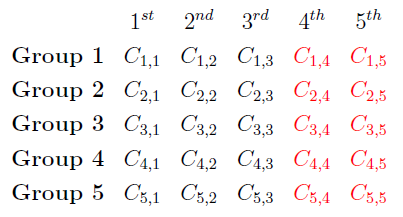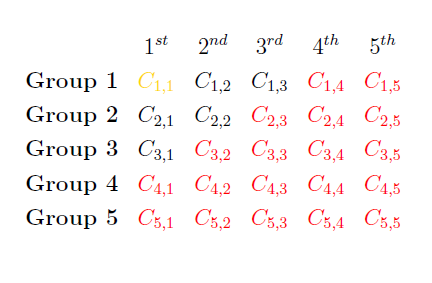Mastering Problem-Solving: A Challenging Interview Puzzle
Written on
Chapter 1: An Engaging Interview Challenge
In a previous article, I shared an intriguing interview question posed to a student, which sparked considerable interest.
A Provocative Interview Query
Recently, a student returned from an internship interview at a renowned investment bank with a new question she needed help with. She mentioned that this particular question is utilized by major companies like Google and Microsoft. While I cannot verify this myself, a quick online search revealed support for her assertion. It's clear why these companies might employ such a question.
The query is presented as follows:
You possess 25 racetrack cars and can race 5 at a time on a single track. Each car consistently completes the track in the same duration regardless of how many times it races. After each race, the order of finishers is displayed, but no specific times are provided. Your goal is to determine the 3 fastest cars. What is the least number of races required to achieve this?
Before delving into the solution, I encourage you to attempt solving it yourself.
Solution
To start, it's evident that every car needs to race at least once. To minimize the number of races, we can divide the 25 cars into 5 groups of 5 and race each group. This totals 5 races so far.
Next, we race the 5 winners from each group. This will identify the fastest car overall, bringing the total to 6 races.
It is reasonable to conclude that identifying the fastest car cannot be accomplished in fewer than 6 races. What remains is to find the 2nd and 3rd fastest cars, which requires some deductive reasoning. Try to convince yourself that this can be done in 3 additional races. Can you reduce it to 2? Or even just 1? Surprisingly, it turns out that 1 additional race suffices.
To clarify the process, we will label the cars based on their finishing positions. From the results of the 6th race, we label the group of the fastest car as "Group 1," the group of the 2nd place car as "Group 2," and so on. Each car within these groups is further labeled based on its speed relative to others in the same group.

Now, we aim to identify the 2nd and 3rd fastest cars. We can eliminate any car that has 3 or more faster cars in its group, meaning all cars in positions 4 and 5 are out of contention.

This leaves us with 6 potential candidates. Since we already know the fastest car, we can assign it the gold medal without racing again.

Thus, conducting a 7th and final race among the remaining cars will reveal the 2nd and 3rd fastest options.
In conclusion, we have demonstrated that a total of 7 races is necessary to ascertain the three fastest cars. The clarity of this reasoning underscores why companies might value such a question in interviews. It's not about advanced mathematics but rather about clever deductive reasoning—an essential skill for any tech firm.
Thank you for your attention. If you enjoy my content, consider following my publication, Y(Math), to help broaden my reach. You can also support my work by joining Medium through my referral link.
Chapter 2: Interview Insights
This video explores Google's top 18 interview questions and provides insights on how to effectively answer them in 2023.
In this video, discover the 24 most commonly asked questions during interviews at Google, along with tips for success.